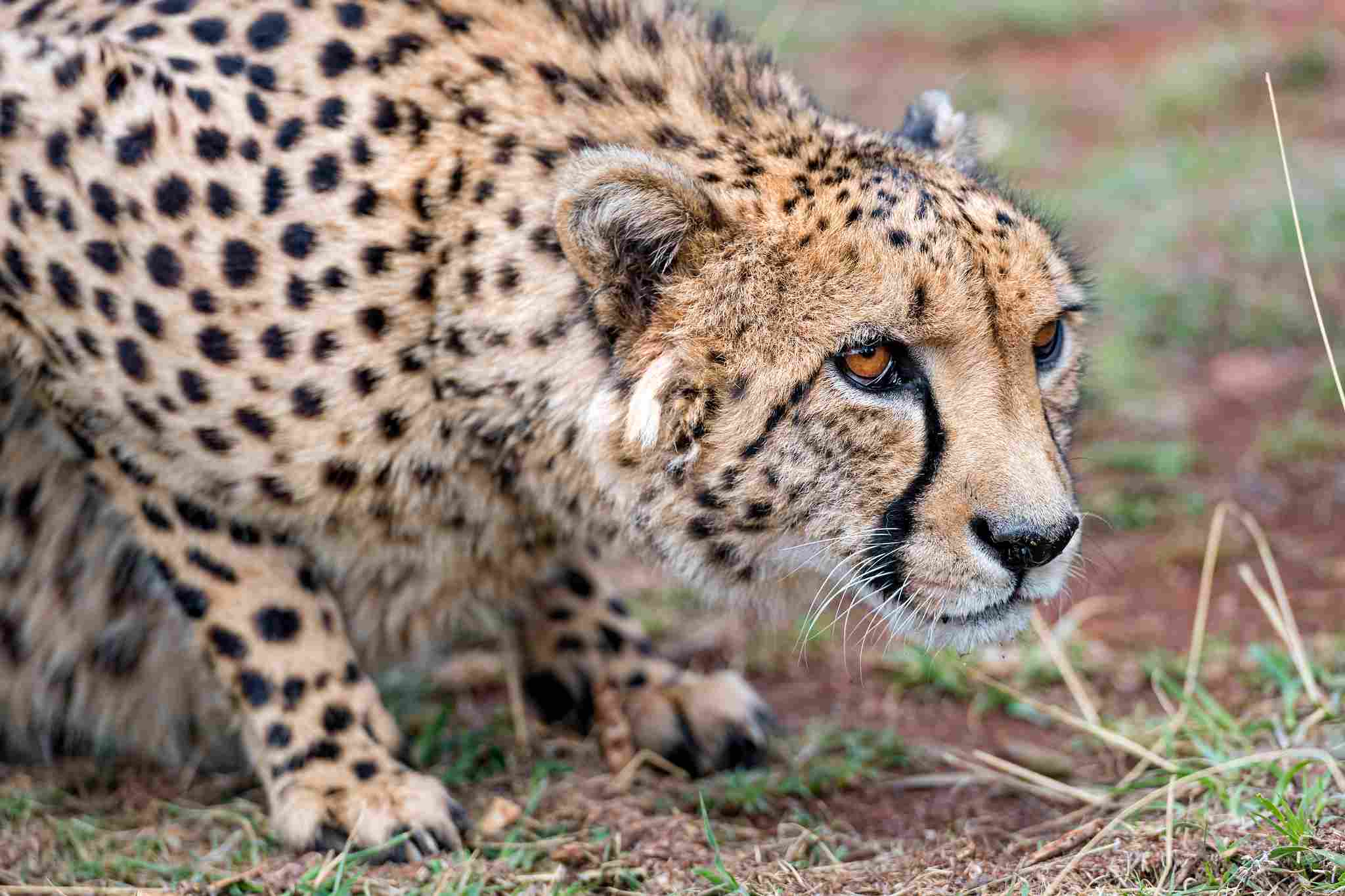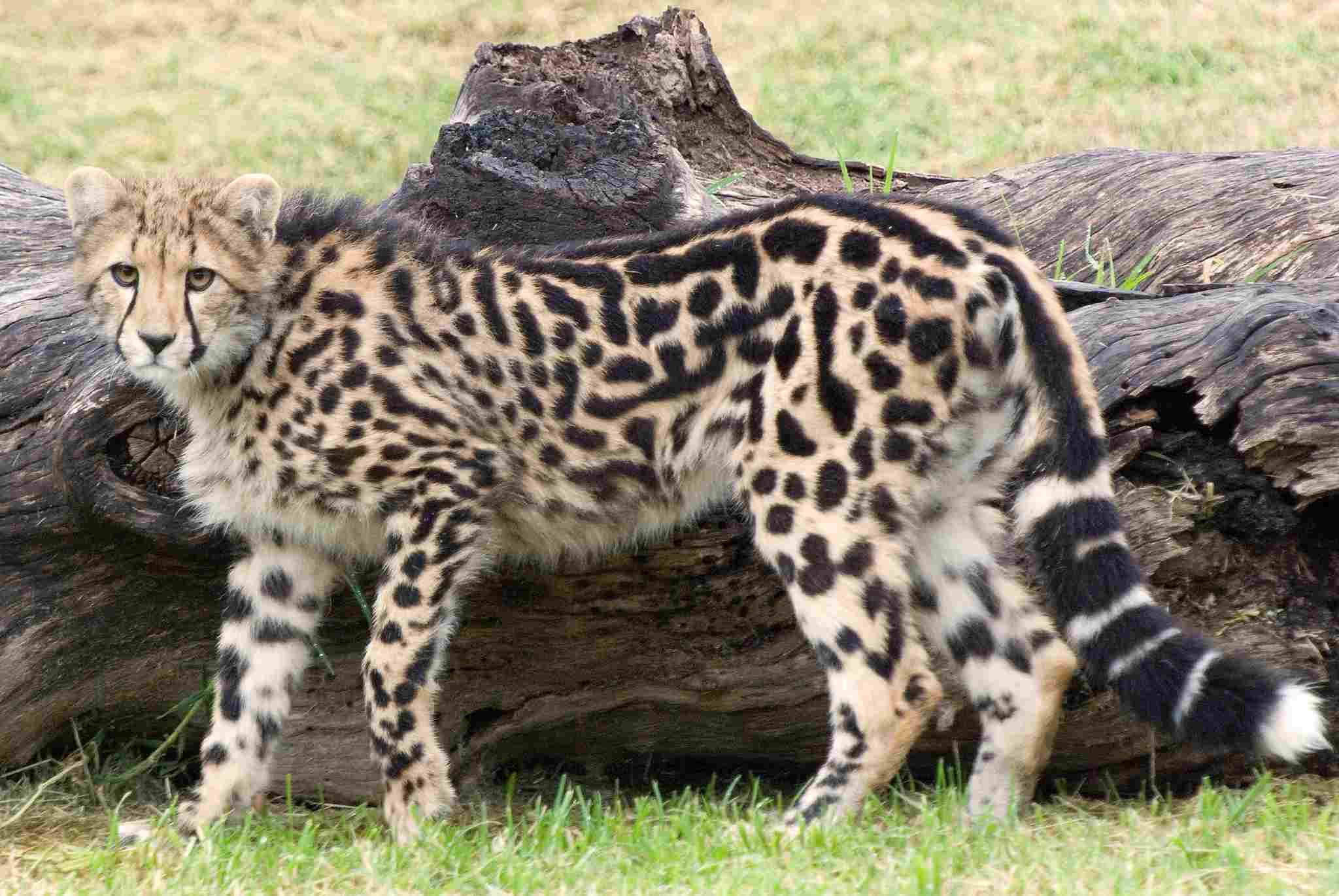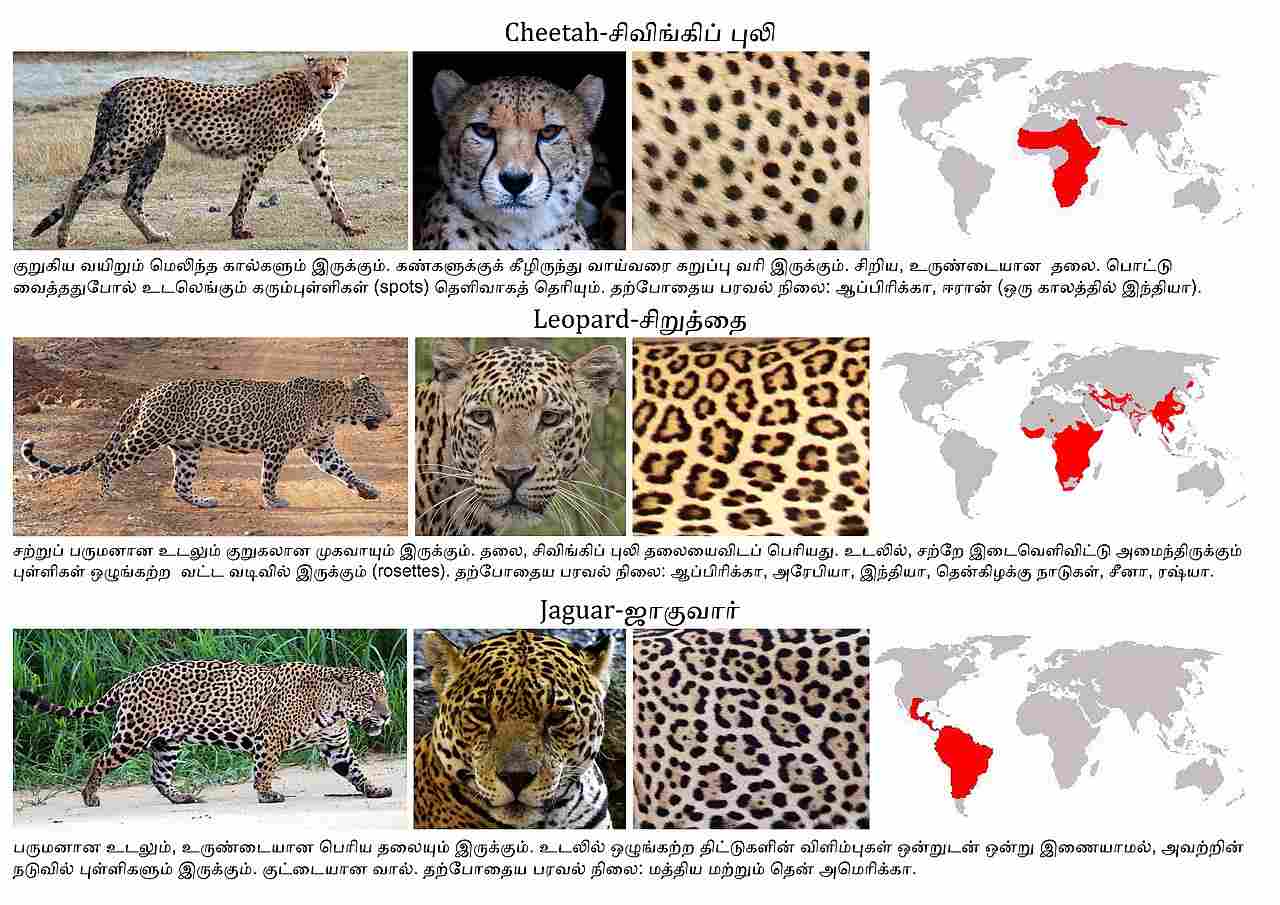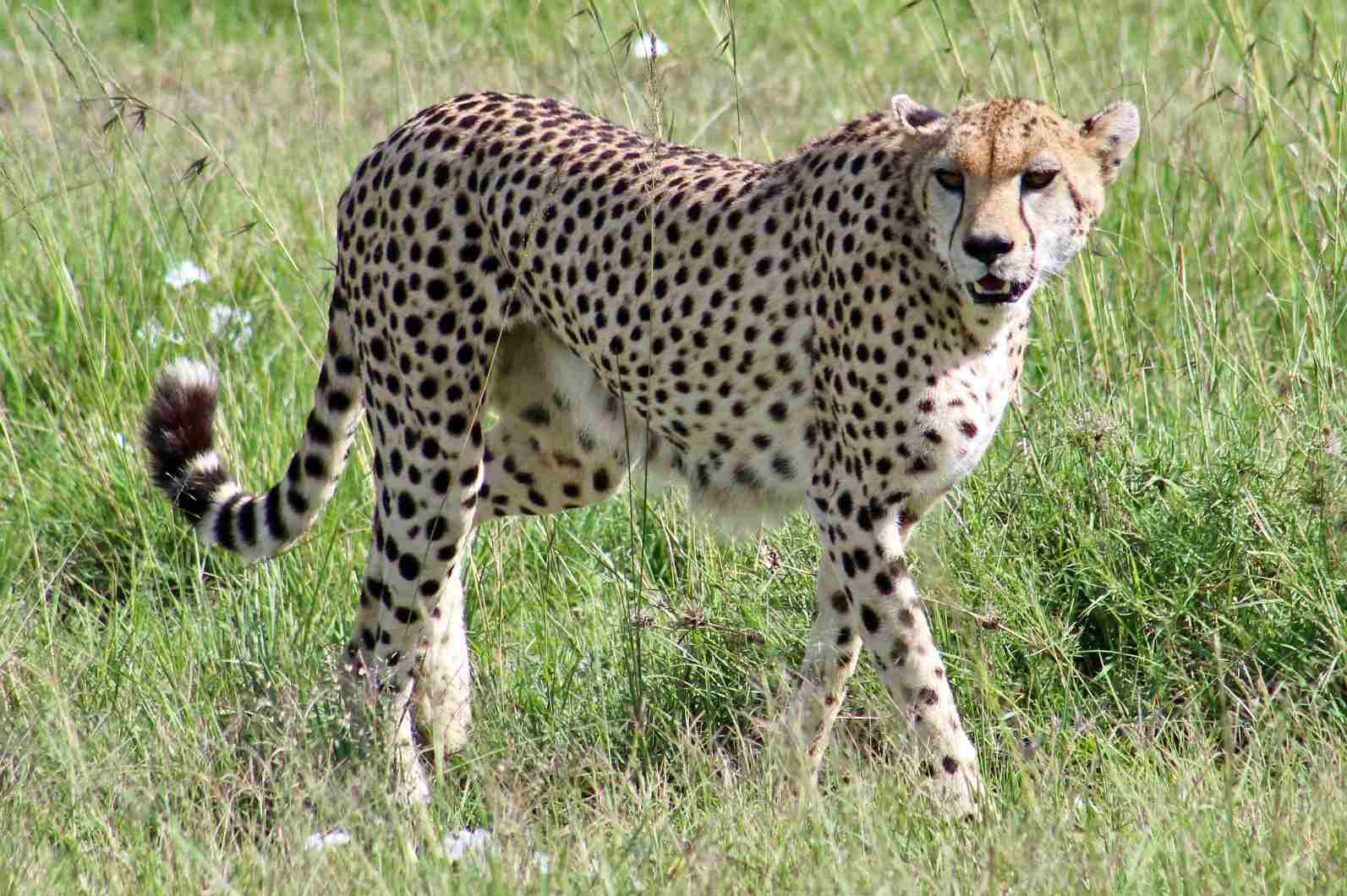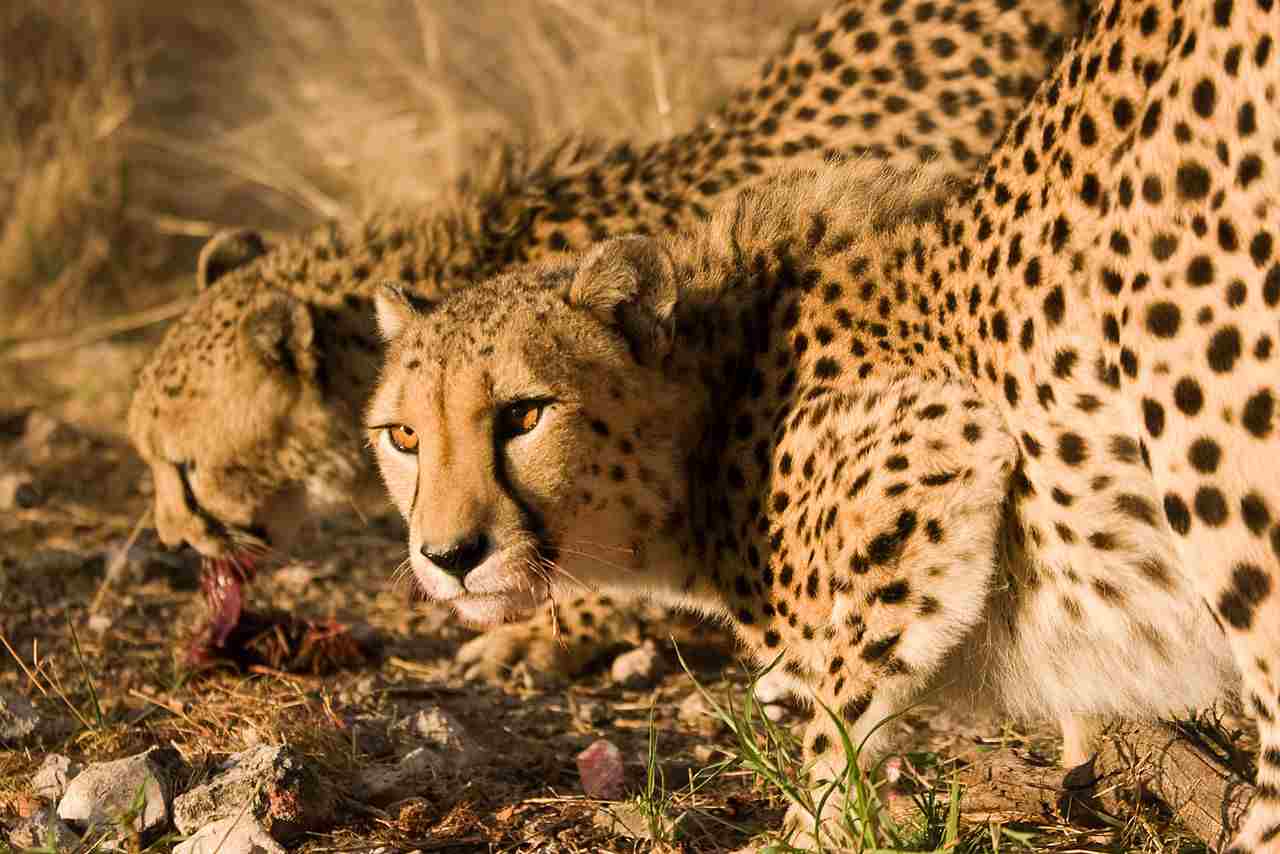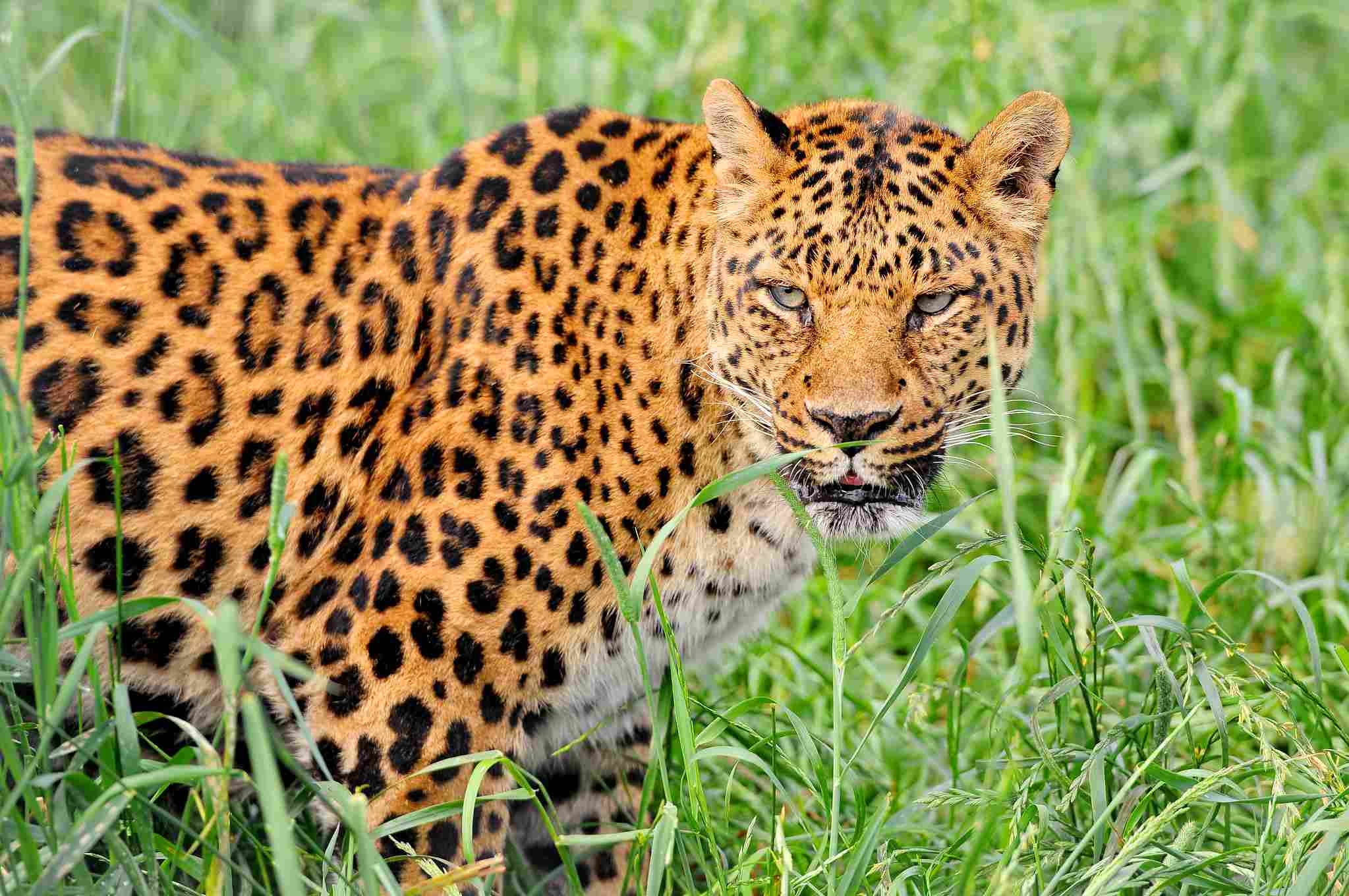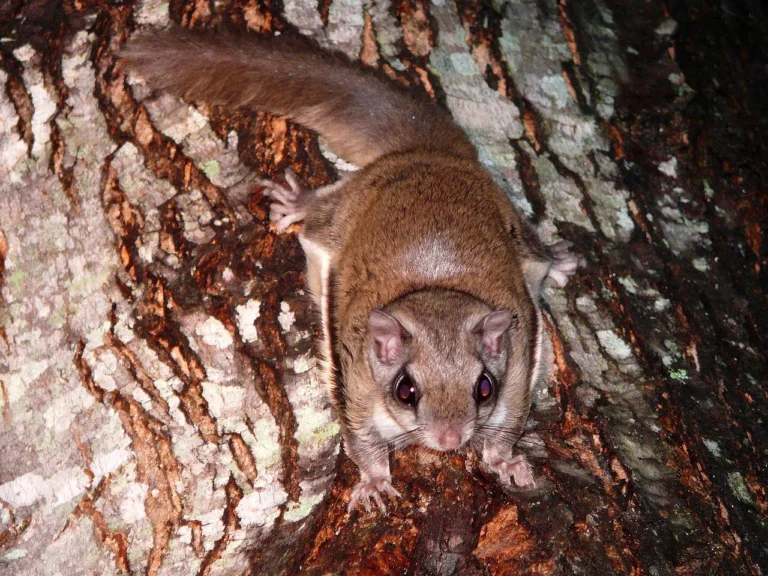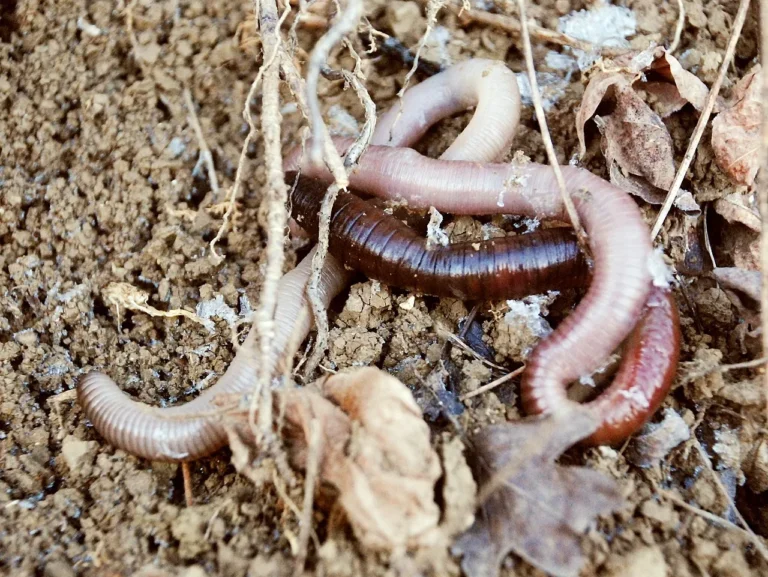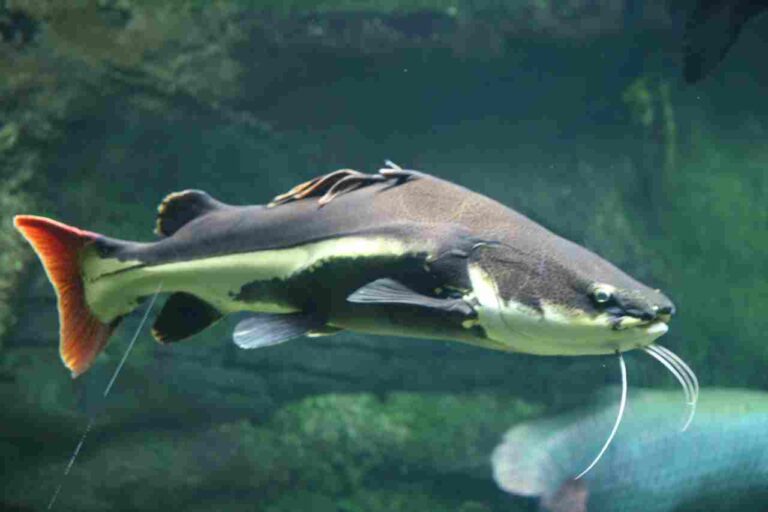Cheetah Vs Jaguar Speed, Size, Weight, Ecological Comparison
In a violent confrontation, factors like size and weight are crucial in determining the outcome. The larger and heavier animal will likely have the advantage, as it can overpower its opponent. In the case of a cheetah and a jaguar, the jaguar’s size and weight give it a clear advantage. Jaguars are significantly larger and heavier than cheetahs, which means they have more strength and power in a physical confrontation.
This size and weight advantage will likely cause the death of the cheetah in a violent confrontation, due to the jaguar’s superior predatory capability.
Reasons Why a Jaguar Will Win a Cheetah In a Fight/Physical Confrontation
I). Size and Weight Advantages
One of the main reasons why a jaguar would win in a fight or physical confrontation against a cheetah is its size and weight advantage. Jaguars are significantly larger and heavier than cheetahs.
A fully grown male jaguar can weigh up to 250 pounds, while a cheetah typically weighs around 100 pounds. This size difference gives the jaguar more strength and power, making it more capable of overpowering its opponent.
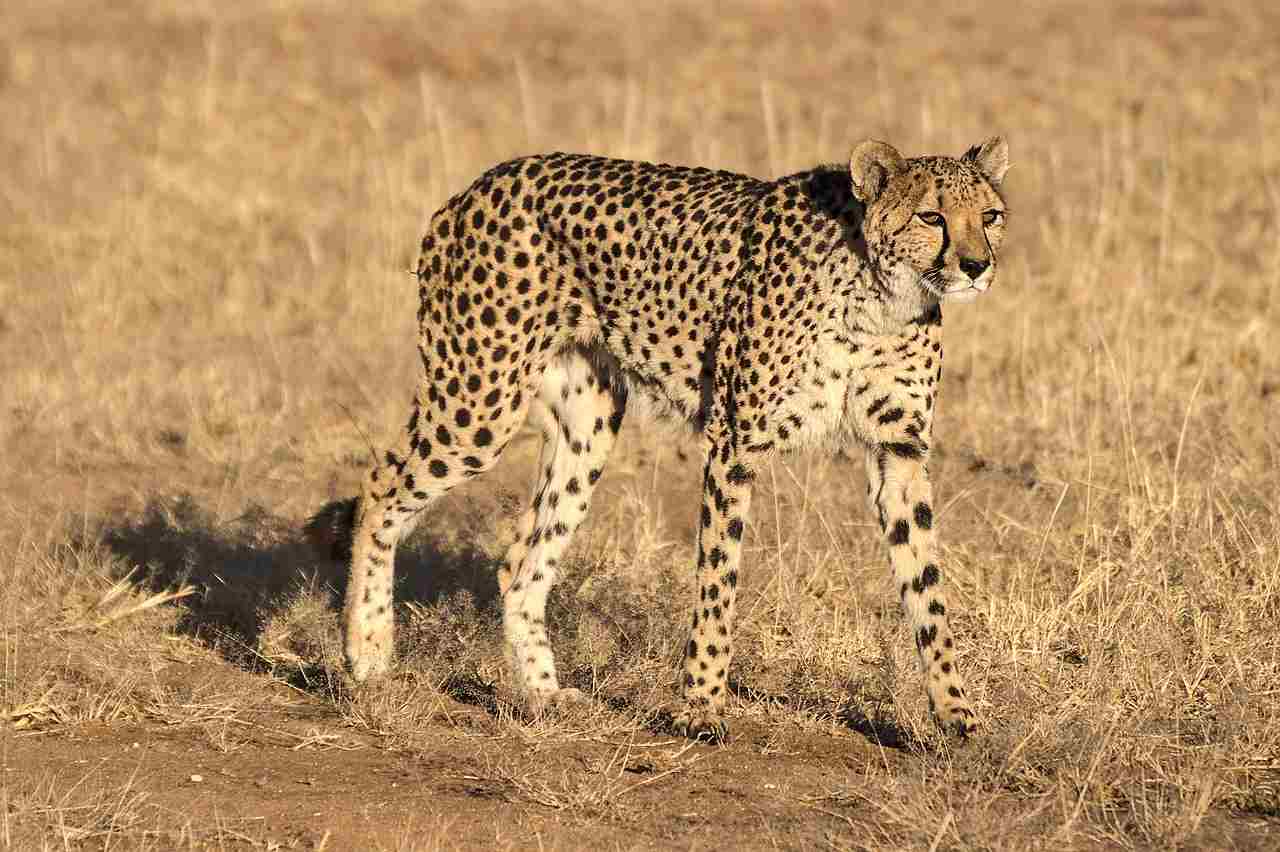
II). Jaguars are Stronger Than Cheetahs
In addition to their size advantage, jaguars are also stronger than cheetahs. Jaguars have a more robust build with muscular bodies, designed for strength and agility.
On the other hand, cheetahs have a slender and lightweight build, which allows them to achieve incredible speeds but compromises their strength. The jaguar’s superior strength gives it an upper hand in a physical confrontation, enabling it to deliver more forceful blows and take down its prey more effectively.
III). Superior Predatory Capability
The combination of size, weight, and strength gives jaguars a superior predatory capability compared to cheetahs. Jaguars are known for their powerful jaws and strong bite force, which allows them to deliver a lethal bite to their prey. They have the ability to crush the skulls of their victims, including larger animals like caimans and tapirs. This predatory advantage makes jaguars more formidable opponents in a fight, as they can inflict severe injuries on their adversaries.
Therefore, the size and weight advantages, along with the superior strength and predatory capability of jaguars, make them more likely to win in a fight or physical confrontation against cheetahs. The jaguar’s larger size, greater strength, and powerful bite force give it the upper hand, making it a formidable predator in its natural habitat.
*Details of Comparison
| Feature | Cheetah | Jaguar |
| Taxonomy | Acinonyx jubatus | Panthera onca |
| Size & Weight | Smaller (3-4 ft height, 4.5-5.5 ft length), Lighter (75-140 lbs) |
Larger (3.5-4.5 ft height, 6-8 ft length), Heavier (100-250 lbs)
|
| Speed & Agility | Faster (70 mph), More Agile |
Slower (50 mph), Less Agile
|
| Bite Force | Weaker (475 psi) |
Stronger (1,500 psi)
|
| Habitat | Open grasslands, semi-deserts |
Rainforests, swamps, open woodlands
|
| Lifespan | 10-12 years |
12-15 years (up to 25 in captivity)
|
| Behavior | Solitary hunters, docile |
Social hunters (prides), aggressive
|
| Reproduction | Shorter gestation (90-95 days), larger litters (3-5 cubs) |
Longer gestation (100-110 days), smaller litters (1-4 cubs)
|
| Danger to Humans | Lower | Higher |
| Intelligence | Specialized for speed and agility |
Specialized for problem-solving and adaptability
|
| Tracks | Smaller, single pad with 3 lobes, prominent claw marks |
Larger, 4-lobed pad, less pronounced claw marks
|
| Conservation Status | Vulnerable |
Near Threatened
|
1). Taxonomy
The taxonomy of cheetahs and jaguars reveals interesting differences between the two species. Cheetahs belong to the genus Acinonyx and their scientific name is Acinonyx jubatus. On the other hand, jaguars belong to the genus Panthera and their scientific name is Panthera onca.
In terms of comparison, cheetahs and jaguars are both members of the Felidae family, but they belong to different genera. Cheetahs are the only extant species in the genus Acinonyx, while jaguars are one of the four big cats in the genus Panthera, along with lions, tigers, and leopards.
The distinction in taxonomy highlights the unique evolutionary paths of these two magnificent feline species. While cheetahs have developed specialized adaptations for speed and agility, jaguars possess powerful builds and stealthy hunting abilities. Understanding their taxonomy provides a foundation for exploring the various aspects of their physical characteristics, behavior, and ecological roles.
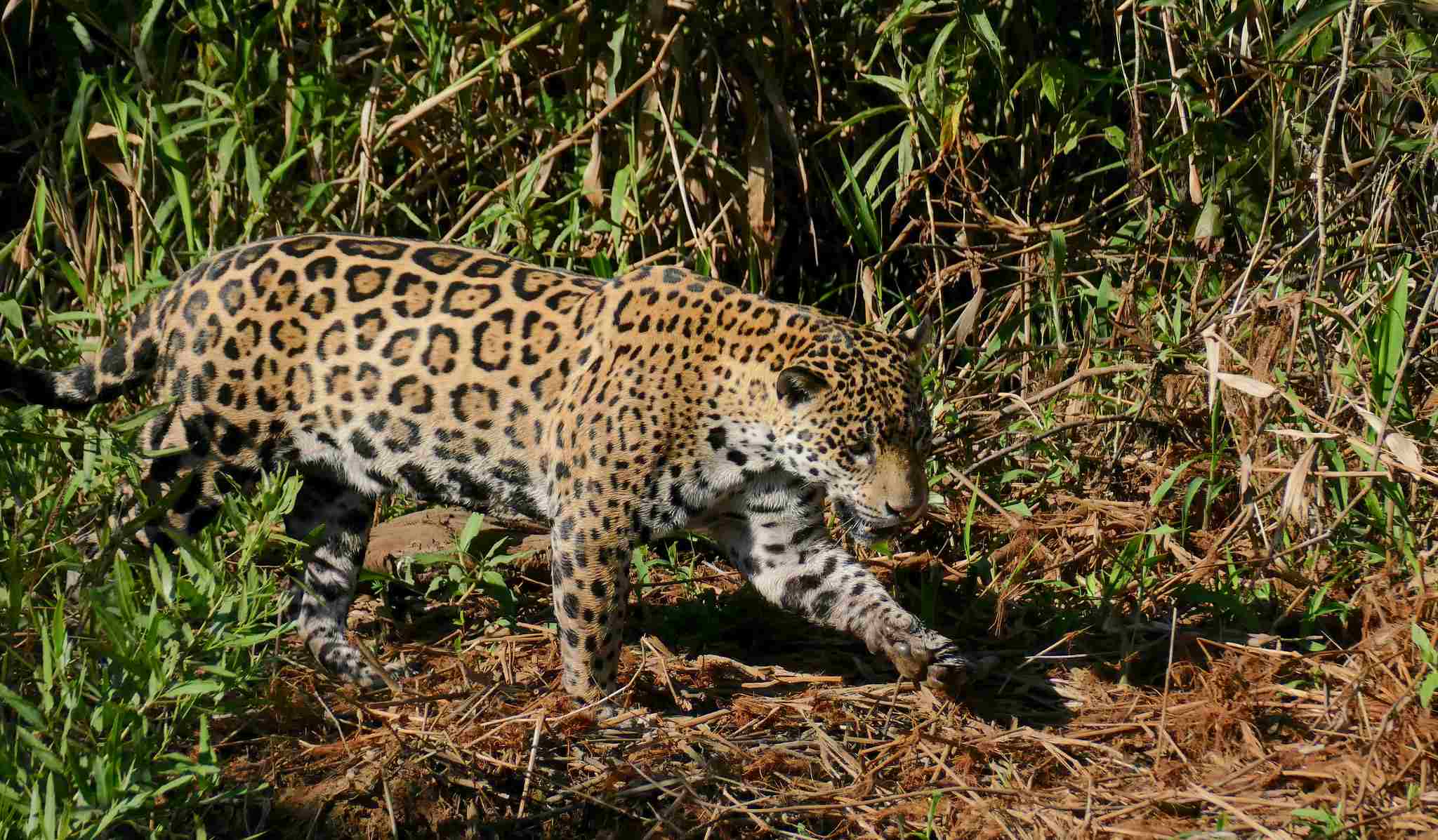
2). Appearance
The appearance of cheetahs and jaguars is distinct and reflects their unique adaptations and ecological roles. Starting with their coats, cheetahs have a short and coarse fur that is tan in color with black spots. This pattern provides excellent camouflage in their grassland habitats, allowing them to blend in with their surroundings while hunting. On the other hand, jaguars have a more robust build and a coat that is typically yellow or orange with rosette-shaped markings. These markings help them blend into the dappled light of the forest, making them highly effective ambush predators.
In terms of stature and build, cheetahs are slender and streamlined, with a lightweight frame designed for incredible speed. They have a small head, long legs, and a flexible spine, all of which contribute to their exceptional agility. Jaguars, on the other hand, have a more muscular and stocky build, with a larger head and powerful jaws. This physical strength enables them to take down larger prey and exert more force when hunting.
When comparing the appearance of these two animals, it is clear that their coats, camouflage, and physical characteristics are tailored to their respective habitats and hunting strategies. These adaptations are essential for their survival and success in their respective ecosystems.
3). Size
When comparing the size of cheetahs and jaguars, there are notable differences in their total body length and height at the shoulders. Cheetahs are known for their slender and elongated bodies, measuring around 3.5 to 4.5 feet in length, excluding the tail. They stand at a height of approximately 2.5 to 3 feet at the shoulders. In contrast, jaguars have a more robust build, with a total body length ranging from 4.5 to 6 feet, excluding the tail. They stand taller at the shoulders, measuring around 2.5 to 3.5 feet.
Cheetahs’ elongated bodies and long legs contribute to their exceptional speed and agility, allowing them to reach incredible speeds of up to 70 miles per hour in short bursts. Their lightweight frame enables them to swiftly maneuver through their grassland habitats while hunting. On the other hand, jaguars’ larger size and muscular build provide them with the strength and power to take down larger prey. They are capable of exerting more force when hunting, making them formidable predators in their forested environments.
Therefore, while cheetahs are known for their slender and elongated bodies, jaguars are larger and possess a more robust build. These differences in size are closely tied to their respective hunting strategies and ecological roles. Cheetahs rely on their speed and agility, while jaguars utilize their strength and power to secure their prey.
4). Weight
Jaguars are significantly heavier than cheetahs, on average.
Cheetahs are known for their slender and lightweight bodies, weighing between 75 to 140 pounds. Their lightweight build allows them to achieve incredible speeds while hunting. On the other hand, jaguars have a more muscular and robust physique, weighing between 100 to 250 pounds. Their larger size and weight give them the advantage when it comes to overpowering and bringing down larger prey.
The weight difference between cheetahs and jaguars is closely related to their hunting strategies and ecological roles. Cheetahs rely on their speed and agility to chase down and capture their prey, while jaguars use their strength and power to ambush and overpower their targets. The weight of these animals plays a crucial role in determining their hunting success and overall physical capacity.
Therefore, cheetahs are lighter in weight compared to jaguars. While cheetahs’ lightweight build allows them to excel in speed and agility, jaguars’ larger size and weight give them the advantage in terms of strength and power.
5). Jaguar Vs Cheetah Speed and Agility
On average, cheetahs are very much faster than jaguars. The average speed of a cheetah is about 70 miles per hour, while that of a jaguar is 50 miles per hour
Cheetahs are renowned for their exceptional speed and agility, making them the fastest land animals on the planet. With their slender bodies and long legs, cheetahs can reach speeds of up to 70 miles per hour in just a few seconds. This incredible acceleration allows them to quickly close the gap between themselves and their prey, increasing their chances of a successful hunt.
On the other hand, while jaguars may not be as fast as cheetahs, they possess remarkable agility and maneuverability. Jaguars are adept climbers and swimmers, enabling them to navigate through various terrains with ease. Their agility allows them to ambush their prey from trees or pounce on them from the water’s edge.
The difference in speed and agility between cheetahs and jaguars is a result of their different hunting strategies. Cheetahs rely on their speed to chase down and capture their prey, while jaguars use their agility to stalk and ambush their targets. Both adaptations are highly effective in their respective habitats and play a crucial role in their survival.
6). Bite Force
When comparing the bite force of cheetahs and jaguars, it is important to consider their different hunting techniques and prey preferences. Cheetahs have a bite force of around 475 psi (pounds per square inch), which is relatively low compared to other big cats. This is because cheetahs rely more on their speed and agility to catch their prey rather than overpowering them with sheer force.
On the other hand, jaguars have a much stronger bite force, measuring around 1,500 psi. This powerful bite allows jaguars to deliver a swift and lethal bite to their prey, often targeting the skull or neck to quickly incapacitate their victims. The strong bite force of jaguars is an adaptation that enables them to take down larger and more formidable prey, such as caimans and tapirs.
While cheetahs may not have the same bite force as jaguars, their hunting strategy is still highly effective. Cheetahs rely on their speed to chase down and trip their prey, using their sharp claws to deliver a swift and precise kill. Their bite force, although not as strong as that of jaguars, is sufficient to subdue their prey once caught.
Therefore, while jaguars have a significantly stronger bite force than cheetahs, it is important to consider the different hunting techniques and adaptations of each species.
7). Overall Physical Capacity (Which is Stronger?)
When comparing the overall physical capacity of cheetahs and jaguars, it is important to consider the factors we have evaluated and compared. While both animals possess unique strengths, determining which is stronger in a violent confrontation can be complex.
In terms of size and weight, jaguars have the advantage. They are larger and more muscular than cheetahs, giving them a greater physical presence. This can be a significant advantage in a fight, as the jaguar’s size and strength can help it overpower its opponent.
However, cheetahs possess unmatched speed and agility. Their slender build and long legs allow them to reach incredible speeds, making them the fastest land animals. This agility enables cheetahs to evade attacks and launch quick counterattacks, potentially giving them an advantage in a confrontation.
When it comes to hunting techniques, jaguars have a stronger bite force, allowing them to deliver lethal bites to their prey. This strength can also be advantageous in a fight, as a powerful bite can cause serious damage. On the other hand, cheetahs rely more on their speed and precision to catch and subdue their prey.
8). Habitat
Cheetahs are primarily found in open grasslands and savannahs, where their speed and agility are advantageous for hunting. They rely on the vast open spaces to spot their prey from a distance and initiate their high-speed chase. Cheetahs are well-suited to these habitats, as their slender bodies and long legs allow them to maneuver swiftly through the grasslands.
On the other hand, jaguars are more versatile in terms of habitat. They are known to inhabit a variety of ecosystems, including rainforests, swamps, and even arid regions. Jaguars are excellent climbers and swimmers, enabling them to navigate through dense vegetation and cross rivers in search of prey. Their adaptability to different habitats gives them a wider range of potential hunting grounds.
When comparing the two animals, it is clear that cheetahs are more specialized in their habitat requirements, while jaguars have a broader range of suitable environments. This difference in habitat preference is a result of their distinct evolutionary paths and ecological niches.
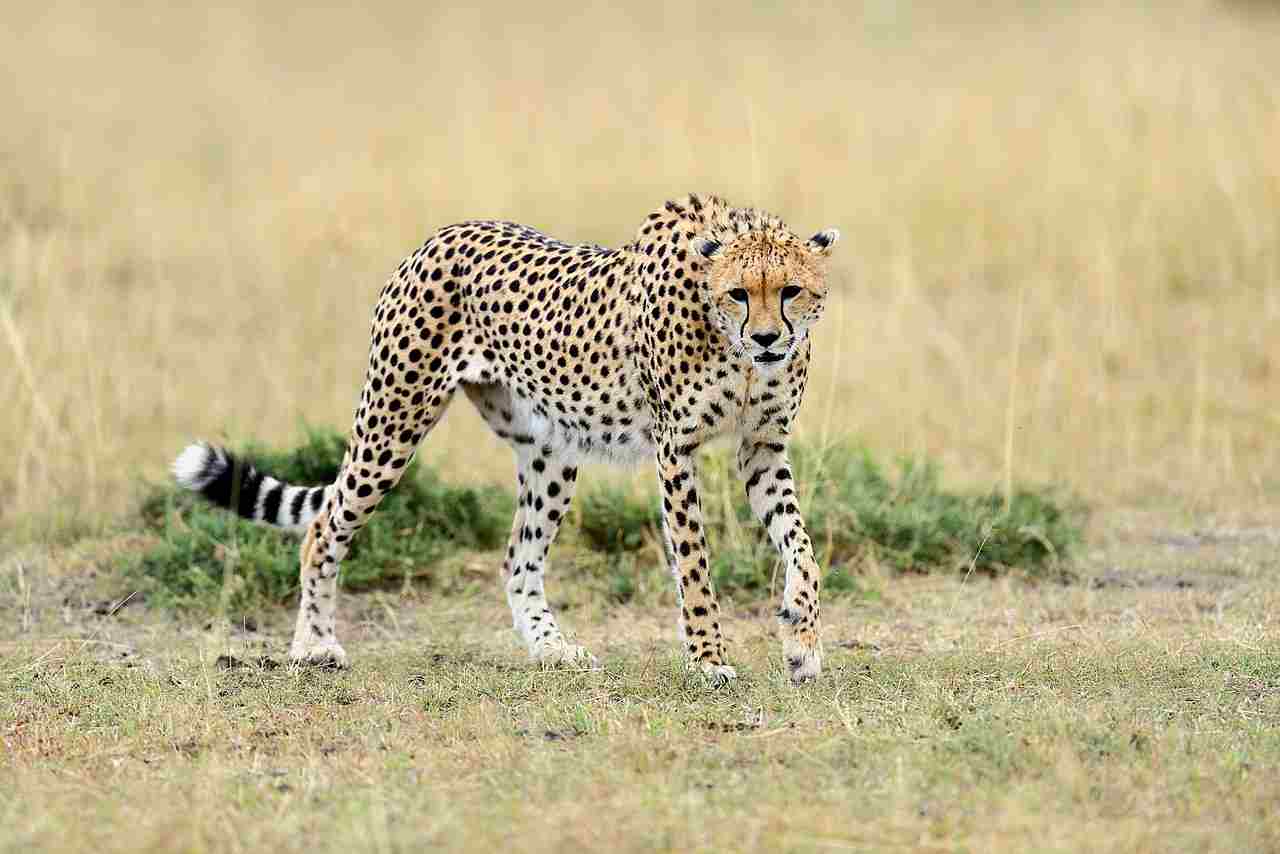
9). Lifespan
When comparing the lifespan of cheetahs and jaguars, there are notable differences between the two animals. Cheetahs typically have a lifespan of around 10 to 12 years in the wild, although some individuals have been known to live up to 15 years. In captivity, where they are protected from predators and have access to regular meals, cheetahs can live up to 20 years or more.
On the other hand, jaguars have a longer lifespan compared to cheetahs. In the wild, jaguars can live up to 12 to 15 years, with some individuals reaching 20 years or more. In captivity, where they receive proper care and nutrition, jaguars have been known to live up to 25 years or even longer.
The difference in lifespan can be attributed to various factors, including their ecological roles and the challenges they face in their respective habitats. Cheetahs, as specialized predators, rely heavily on their speed and agility for hunting, which puts them at a higher risk of injuries and exhaustion. Additionally, cheetahs face competition from other predators and have to contend with limited resources in their grassland habitats.
Jaguars, on the other hand, are apex predators in their ecosystems and have a more diverse diet, which includes larger prey. They are less prone to injuries during hunts and have a wider range of potential food sources. These factors contribute to their longer lifespan compared to cheetahs.
10). Behavior
When comparing the behavior of cheetahs and jaguars, there are distinct differences between the two animals.
In terms of feeding behavior, cheetahs are solitary hunters and prefer to hunt during the day. They rely on their incredible speed and agility to chase down their prey, often targeting smaller ungulates such as gazelles. On the other hand, jaguars are opportunistic hunters and have a more varied diet. They are known to hunt a wide range of prey, including larger mammals like deer, tapirs, and even caimans. Jaguars are also skilled swimmers and have been observed hunting in water.
In terms of aggression, cheetahs are generally less aggressive compared to jaguars. They are more inclined to avoid confrontation and will often retreat if faced with a threat. Jaguars, on the other hand, are known for their strength and aggression. They are powerful predators and are capable of taking down larger prey. Jaguars are also known to be territorial and will defend their territory against intruders.
Vocalization is another aspect where the two animals differ. Cheetahs are relatively silent animals and communicate through body language and visual cues. Jaguars, on the other hand, have a wide range of vocalizations including roars, growls, and even a distinctive saw-like call.
In terms of social behavior, cheetahs are more solitary animals, with males and females coming together only for mating. Jaguars, on the other hand, have a more flexible social structure. While they are generally solitary, they have been observed in pairs or small family groups.
When it comes to parenting, cheetah mothers are solely responsible for raising their cubs. They provide protection, teach hunting skills, and care for their young until they are independent. Jaguars, on the other hand, have been observed sharing parenting duties, with both males and females participating in raising their cubs.
11). Reproduction
In terms of reproductive strategy, both cheetahs and jaguars are viviparous, meaning they give birth to live young. However, the gestation period differs between the two species. Cheetahs have a relatively short gestation period of around 90 to 95 days, while jaguars have a longer gestation period of approximately 93 to 105 days.
In terms of litter size, cheetahs typically give birth to a litter of three to five cubs, although larger litters of up to eight cubs have been recorded. Jaguars, on the other hand, usually have smaller litters of one to four cubs.
The reproductive behavior of cheetahs and jaguars also differs. Cheetahs are known for their solitary nature, and males and females only come together for mating. After mating, the male plays no role in raising the cubs. In contrast, jaguars have a more flexible social structure, and males may participate in raising their cubs.
When it comes to the survival rate of cubs, cheetahs face higher mortality rates due to various factors such as predation and competition. Jaguars, on the other hand, have a higher survival rate for their cubs, possibly due to their larger size and more aggressive nature.
12). Danger Posed to Humans
When it comes to the danger posed to humans, the jaguar is considered more dangerous than the cheetah. This is primarily due to its strength, ferocity, and bold nature. Jaguars have a reputation for being more aggressive and willing to confront humans if they feel threatened or cornered.
Unlike cheetahs, jaguars have been known to come close to human settlements, especially in areas where their natural habitat has been encroached upon. This proximity increases the chances of human-jaguar encounters, which can be potentially dangerous.
While both cheetahs and jaguars are wild animals and should be treated with caution, jaguars have a higher rate of causing human deaths compared to cheetahs. This is partly because of their larger size and more powerful build, which enables them to inflict more harm if they were to attack.
If you happen to encounter a jaguar or a cheetah in the wild, it is important to take precautions to ensure your safety. Avoid approaching the animal and give it plenty of space. Do not try to provoke or startle the animal, as this may trigger an aggressive response. It is also advisable to make yourself appear larger by raising your arms and making loud noises to deter the animal from approaching.
13). Intelligence
When comparing the intelligence of cheetahs and jaguars, it is important to consider their different hunting strategies and behaviors. Cheetahs are known for their incredible speed and agility, which they rely on to chase down their prey. They have excellent eyesight and coordination, allowing them to track and anticipate the movements of their target. However, in terms of problem-solving abilities and adaptability, cheetahs are not as advanced as jaguars.
Jaguars, on the other hand, are highly intelligent predators. They are known for their stealth and patience, often ambushing their prey from trees or dense vegetation. Jaguars have a keen sense of their environment and are skilled at adapting their hunting techniques to different situations. Their intelligence is evident in their ability to navigate complex terrains and overcome obstacles in pursuit of their prey.
In terms of overall intelligence, jaguars have a slight edge over cheetahs. Their ability to strategize and adapt to different hunting scenarios gives them an advantage in the wild. However, it is important to note that intelligence is just one aspect of an animal’s survival and success. Cheetahs have evolved to excel in their specific hunting style, relying on their incredible speed and agility to secure their meals.
14). Tracks
When comparing the tracks of cheetahs and jaguars, there are some distinct differences that can help identify which animal left the mark. Cheetah tracks typically show a single claw mark at the front of the paw, while jaguar tracks usually display three claw marks. This difference in claw marks can be attributed to the retractable claws of both animals.
Cheetahs have semi-retractable claws, meaning their claws are partially exposed even when retracted. This allows them to maintain traction while running at high speeds. As a result, their tracks often show a clear imprint of the claw mark. On the other hand, jaguars have fully retractable claws, which means their claws are hidden when not in use. This results in tracks that typically show three claw marks, as the claws are only extended when needed for hunting or climbing.
Another difference in tracks is the size. Cheetah tracks are generally smaller and more delicate compared to jaguar tracks. This is because cheetahs are lighter and more slender animals, while jaguars have a more robust build. The size and shape of the tracks can provide valuable information about the animal’s size and weight.
15). Conservation Status
The conservation status of cheetahs and jaguars is a matter of concern due to their vulnerable populations. Both species are facing significant threats to their survival in the wild.
Cheetahs are classified as “vulnerable” by the International Union for Conservation of Nature (IUCN). Their population has declined dramatically over the years, primarily due to habitat loss, human-wildlife conflict, and poaching. The expansion of agricultural land and the fragmentation of their natural habitats have resulted in a decrease in their prey availability, leading to increased competition and reduced survival rates.
Jaguars, on the other hand, are listed as “near threatened” by the IUCN. While their population is relatively more stable compared to cheetahs, they still face numerous challenges. Habitat destruction, illegal hunting, and conflicts with humans pose significant threats to their survival. Deforestation and the conversion of their natural habitats into agricultural land have resulted in the loss of their prey base and fragmentation of their territories.
Therefore, both cheetahs and jaguars are facing conservation challenges, with cheetahs being more endangered than jaguars. Efforts are being made to protect and conserve these magnificent big cats, including the establishment of protected areas, anti-poaching measures, and community-based conservation initiatives.

Conclusion
I). SIMILARITIES
In comparing cheetahs and jaguars, it is evident that both species share certain similarities. Firstly, both animals belong to the Felidae family and are known for their incredible speed and agility.
They are among the fastest land animals, capable of reaching impressive speeds in pursuit of their prey. Additionally, both cheetahs and jaguars have a similar body structure, with muscular bodies and sharp retractable claws that aid in hunting and capturing their prey.
II). DIFFERENCES
Despite their similarities, there are also notable differences between cheetahs and jaguars. One significant difference lies in their physical appearance. Cheetahs have a slender and lightweight build, with a distinctive spotted coat that provides excellent camouflage in their grassland habitats. On the other hand, jaguars have a more robust and muscular build, with a coat that features rosette-shaped markings, allowing them to blend into their forested environments.
Another difference is their habitat preference. Cheetahs are primarily found in open grasslands and savannas, where their speed and agility are advantageous for hunting. In contrast, jaguars are more adaptable and can be found in a variety of habitats, including rainforests, swamps, and even arid areas.
